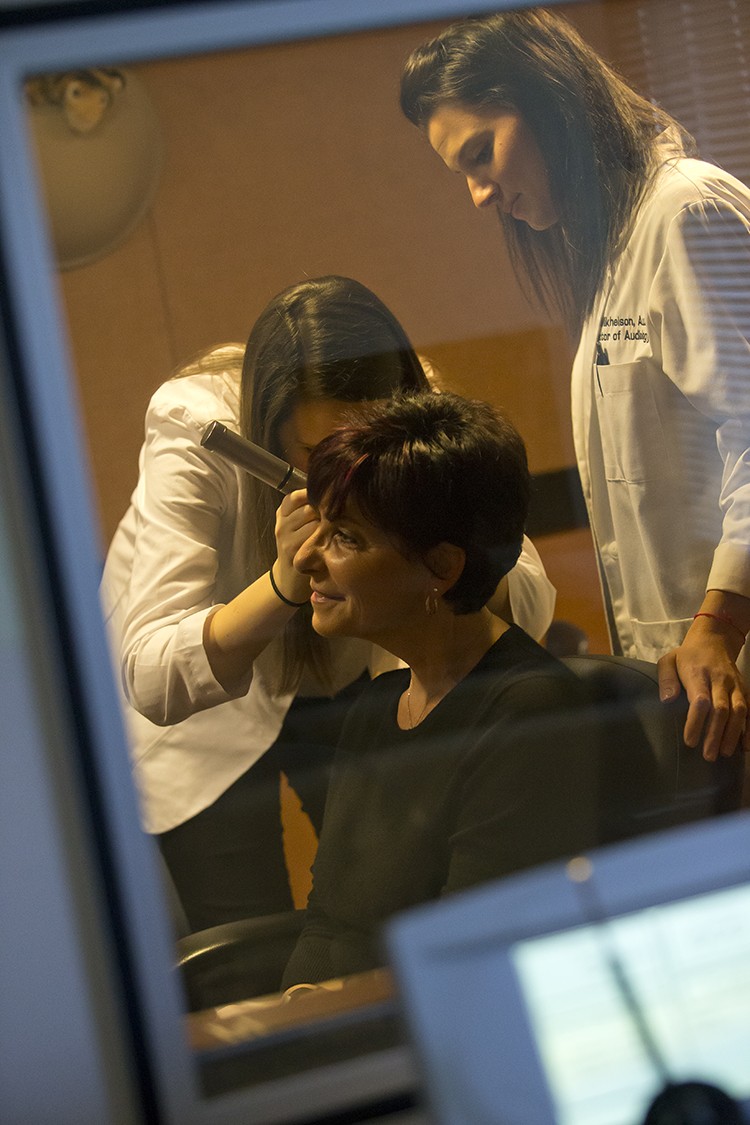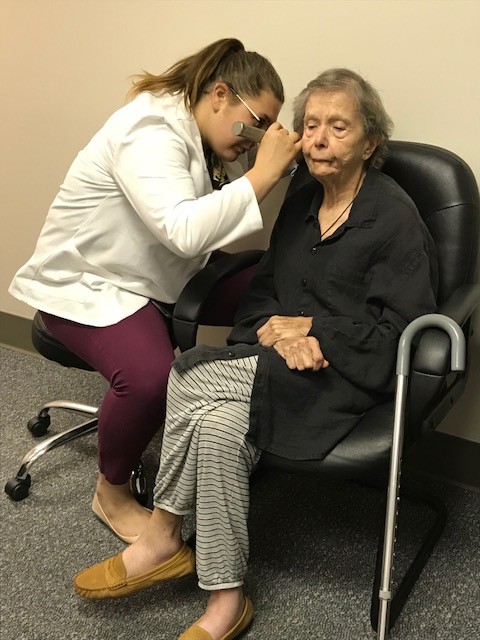Recognize and Celebrate Deaf Culture During Deaf Awareness Month
Deaf Awareness Month is celebrated every September to recognize and celebrate Deaf culture, history, and contributions while also raising awareness about the communication needs and challenges faced by the Deaf and hard-of-hearing community. It's a time to promote inclusivity, advocate for accessibility, and encourage people to learn more about American Sign Language (ASL) and the unique identity of the Deaf community.
 Deaf people share many similar life experiences, which contribute to Deaf culture. According to the World Federation of the Deaf, it includes “beliefs, attitudes, history, norms, values, literary traditions, and art shared by those who are Deaf.” The most visible aspect of Deaf culture is the use of sign language as the primary form of communication. Also, people from the Deaf community develop deep connections with each other, creating a very powerful network.
Deaf people share many similar life experiences, which contribute to Deaf culture. According to the World Federation of the Deaf, it includes “beliefs, attitudes, history, norms, values, literary traditions, and art shared by those who are Deaf.” The most visible aspect of Deaf culture is the use of sign language as the primary form of communication. Also, people from the Deaf community develop deep connections with each other, creating a very powerful network.
In a recent podcast with Dr. Rebecca Blaha, lead audiologist at the Pennsylvania Ear Institute (PEI), Dr. Kathleen Riley, an educational audiologist who has worked with and for deaf and hard-of-hearing adults and children for more than 40 years, discussed the differences between the capital “D” versus the small letter “d” in the deaf community.
“When we use the small letter ‘d’ we’re really talking about an audiological classification, about people who have some significant level of hearing loss,” said Dr. Riley, who also serves as the vice president of advocacy for the Educational Audiology Association. “Capital ‘D’ Deaf describes adults and children who have hearing loss, but who also use American Sign Language (ASL) as either their only language or one of their preferred languages. And, like all cultures, some members are immersed in different levels of the Deaf community.”
Like any culture, it has strong cultural traditions in its organizations-such as Deaf clubs, schools, and religious institutions- and also developed distinct norms and behaviors, including unique communication etiquette.
 Five aspects of Deaf culture:
Five aspects of Deaf culture:
- Language: Most Deaf individuals use sign language as their primary communication mode. It is important to know that sign languages have their own structural and grammatical composition and rules. They are not just a signed, translated version of the country’s oral language.
- Values: It is essential to preserve sign language literature, heritage, and other forms of arts and legacies.
- Traditions:Stories from other Deaf generations, shared experiences, and participating in important events for the community.
- Norms: Communication étiquetteis a must. Eye contact is important, along with consideration of how to get the attention of someone who is Deaf. For example, when trying to call for someone, instead of shouting their name, try tapping on their shoulder, waving, or turning the lights on and off.
- Identity:Deaf people are proud of their culture and heritage. It is important to have opportunities to participate and recognize themselves as part of this community.
Faculty and staff at the Pennsylvania Ear Institute have training in communicating with and supporting the Deaf community. Their expert audiologists will assess your hearing and make recommendations on how to support your communication goals. For more information on PEI’s services or to make an appointment, call 215.780.3180.